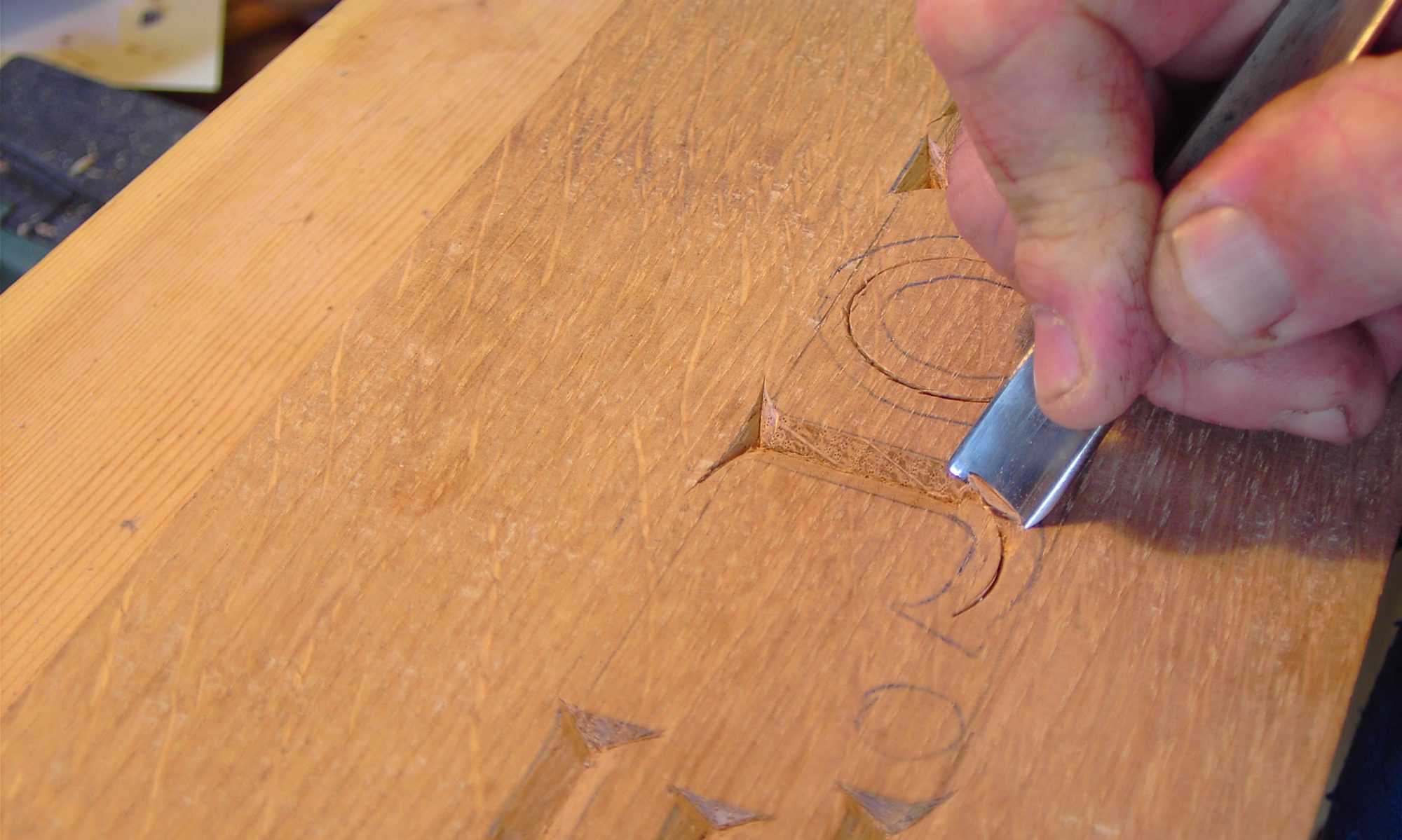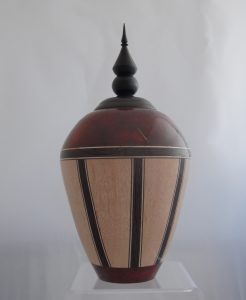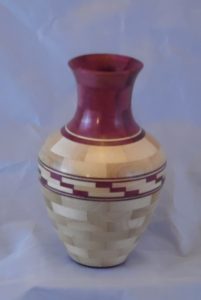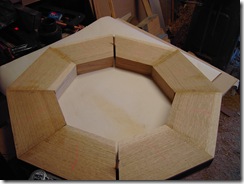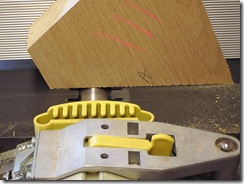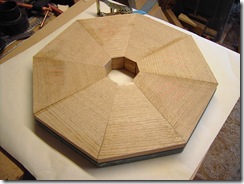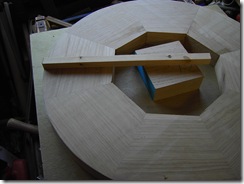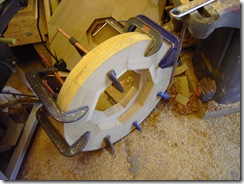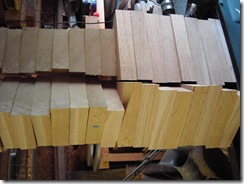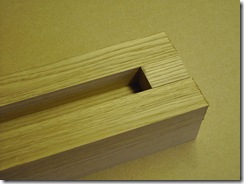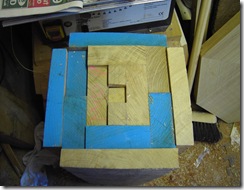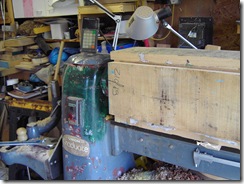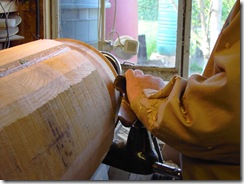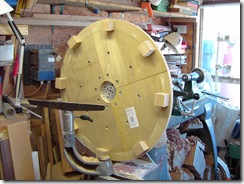I attended a local fete with my lathe and stall where I was turning out spinning tops for the kids and trying to sell my wares to their parents when I was approached by the vicar of my local church. The vicar, Selina Deacon asked what size I could turn on my lathe. I opened my arms wide imitating a fisherman and said “about this big “ She then asked if I could turn a font. I gave the answer considerable thought and after about 2 seconds replied that I could. I have many times had an enquiry from people that turned into nothing (no pun intended) and thought that this might be one of those but on this occasion a short time later I had another call from her asking to meet at the vicarage with some ideas and thoughts on the design. 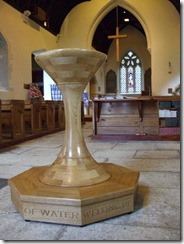
Up to then I had not spent a lot of time thinking about it but now started frantically trying to come up with ideas. Although I turn for a living and pride myself on my ability to make virtually anything, (I tell my customers that I am only limited by their imagination)I had never considered making something as large as this. Fonts in the Church of England are traditionally octagonal and this was my first train of thought,possibly an eight sided table type construction with eight turned legs supporting it.
It is at this point that I must clarify one or two points. I am not a regular church goer and haven’t been for quite some time now but that doesn’t mean that do not believe. I have never had visions of any type and have never had strange experiences, however , making this font for my local church was a very strange experience. During the making of it and watching the reaction of others that saw it I became aware that I was not just making another bowl.It is very difficult to explain here what I felt whilst making it,all I can say is that I was overcome with the need to make it with as much reverence as possible, and I hope I achieved this.
We met one evening and I was introduced to the two church wardens,Steve Wilcox and Pippa Smith, before hand I had wandered over to the church with Selina where she showed me the Easter candle which had been turned from wood.There then followed a clarity of thought that I have never before experienced. I had over the last couple of years started to make segmented turnings, influenced by Malcolm Tibbett’s’ and Ron Hamilton’s’ very good books on the same subject, indeed that night in the vicars’ office I logged on to Malcolm’s website in order to explain segmented turning to those present. I had drawn an hourglass shape to support a segmented bowl with crosses set into the rings.I don’t know what the others thought the design would look like but I could visualise it in my mind before I had left the office. Over the next few weeks I drew my thoughts onto lining paper in the workshop and worked and re-worked them until I was sure that I had it right. I then made a hardboard cut out and attended another meeting.
At this meeting the finished height was discussed and agreed and also the addition of a plinth that could have some form of lettering around it. Widths and heights of the plinth were set and a date made to present it to the Parochial Church Council.
